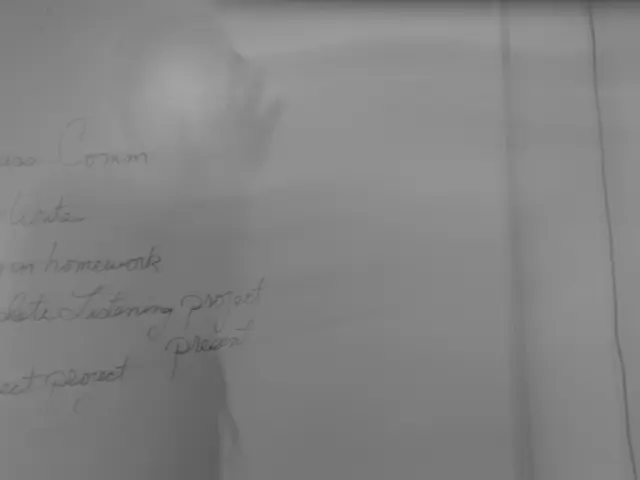Simplifying Complex Chords: Master the Art of Polychords
======================================================================
In the vast landscape of music theory, two concepts that often intersect yet remain distinct are polychords and chord extensions. These harmonic elements, while sharing similar goals of enriching the sonority of chords, differ in structure and function.
Polychords, as we shall see, are created by stacking two or more distinct chords on top of each other, performed simultaneously. Essentially, a polychord is the superimposition of one chord over another, producing a complex, often dissonant sonority that implies bi-tonality or multiple harmonic layers. For example, playing an E major chord over a C# major chord together creates a polychord with combined harmonic colors from both chords.
On the other hand, chord extensions are additional tones added within a single chord to expand its harmonic complexity. They are added based on tertian stacking (thirds) beyond the basic triad (root, third, fifth). Typical chord extensions include the 7th, 9th, 11th, and 13th degrees of the scale relative to the root, incorporated into one unified chord structure. These extensions enrich the chord’s color and tension within a single tonal center, as seen in seventh chords and beyond.
| Aspect | Polychords | Chord Extensions | |-------------------|------------------------------------------------|---------------------------------------------| | Definition | Two or more separate chords played simultaneously, often implying bi-tonality | Additional notes (7th, 9th, 11th, 13th) added to a single chord | | Harmonic Implication | Multiple harmonic centers or colors layered | One expanded chord with added color tones | | Structure | Combination of separate chords stacked | Single chord expanded through tertian stacking of thirds | | Example | C major chord played with E major chord on top | C major 7th chord: C-E-G-B | | Typical Use | Creates special tonal effects, modern classical, jazz, and experimental music| Widely used to add richness and tension in jazz, pop, classical, etc. |
As we delve deeper into polychords, it's important to note that the further away from the home key you get in the circle of fifths, the darker sounding the polychord will be. For instance, B over C has the notes B D# and F# which are 7, #9, and #11 in the key of C major. This darker sound can add a sense of intrigue and complexity to your compositions.
If you have trouble using upper extensions in your chords, experimenting with polychords is a great way to start. In some cases, a song may have multiple key centers based on the chords in its progression. The circle of fifths can be used to navigate polychords by choosing a base chord that will live in the lower voice and using the rest of the circle of fifths for the upper voices.
Polychords function similarly to slash chords, with a whole triad or seventh chord in the bass voice instead of one note. Using the circle of fifths, G over C is close to the key of C major and shares many common notes. A polychord containing a D7 chord with the notes D, F#, A, and C paired with an E major triad with the notes E, G#, and B has tonalities of G major and E major at the same time.
Understanding polychords gives you another tool to create harmonic interest in your chords and progressions. Using polychords, it's possible to create chords with more than one tonality or scale that sounds correct when played. A C Lydian chord with all its extensions is just made up of a C major seventh chord with a D major triad stacked on top.
Polychords can be written as two chords stacked on top of each other, with the upper chord on top and the lower chord at the bottom. However, they can also be notated as a single chord with extensions, but some combinations have polytonality. The notation of polychords differs from slash chords in that instead of a slash, there is a horizontal line that splits up the chords.
Knowing polychords will open up another world of extended harmony on guitar or piano. Anthony Albanese, a music producer and educator with notable placements for Universal, Guitar Center, and CBC, leads our website's YouTube channel and Premium Courses education platform. Dive into the world of polychords and expand your harmonic palette today!
Engaging in education-and-self-development opportunities such as music production courses can help you better understand and utilize polychords in your compositions. Mastering polychords as a learning goal in music distribution expands your ability to create complex and interesting harmonies.
Polychords and chord extensions are valuable tools for education-and-self-development in learning harmonic theory, providing resources to create more intricate and expression-rich music distribution.




